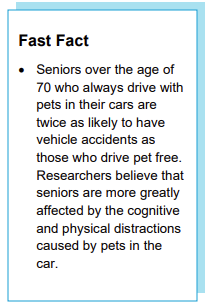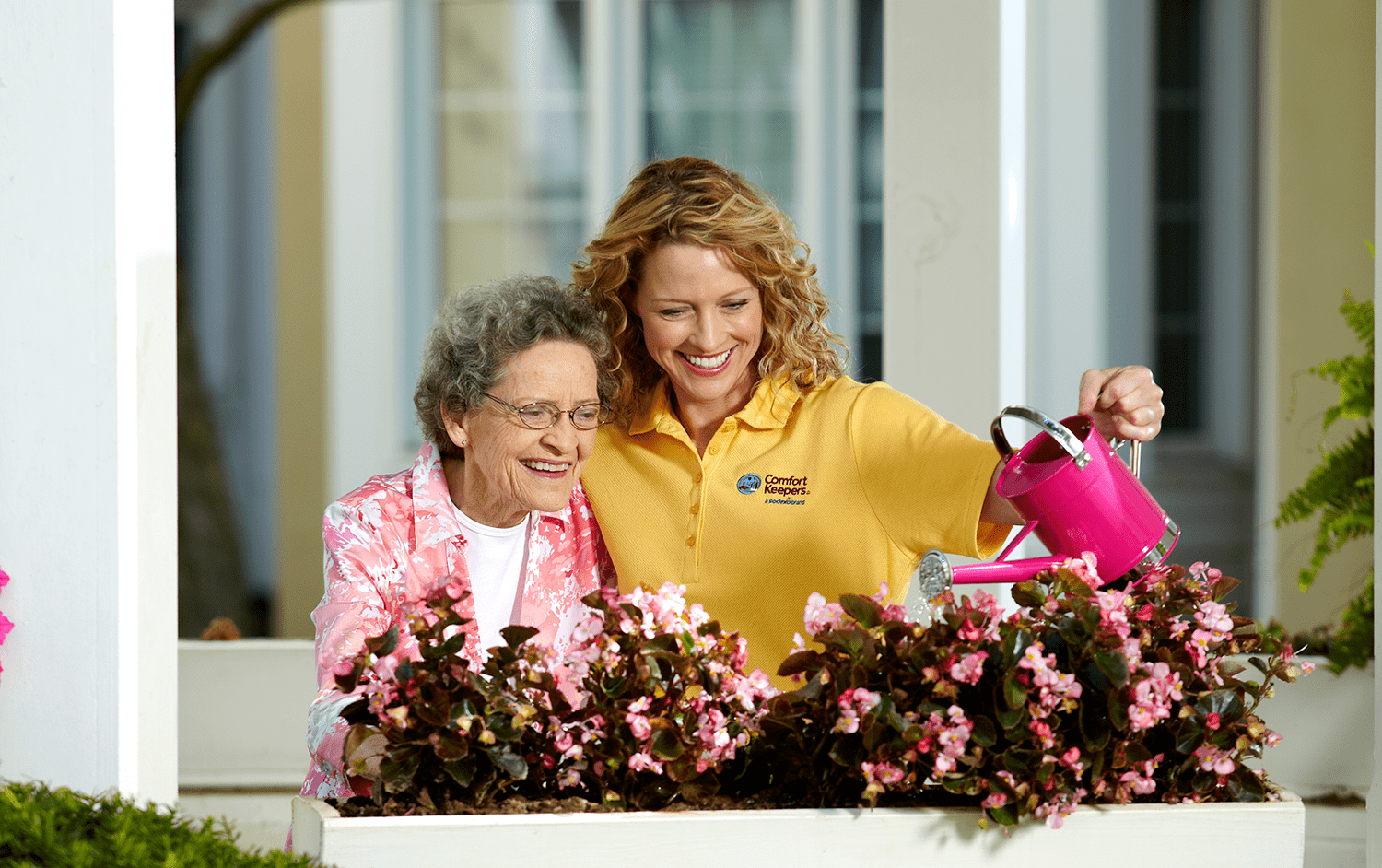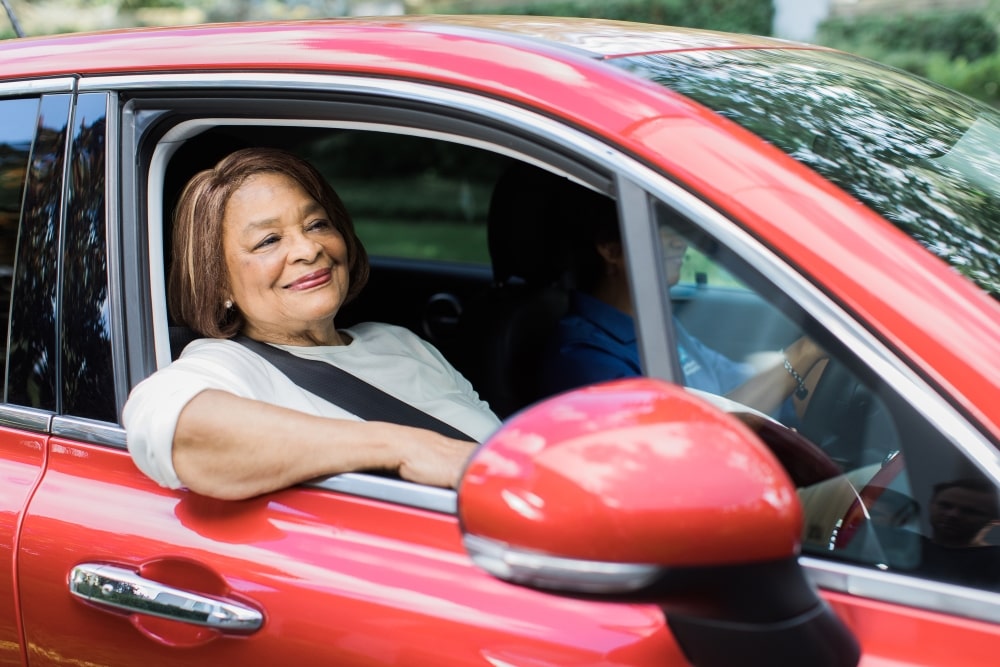Physical Aspects of Senior Safety
Senior Safety | October 21, 2022
There are many preventable actions that seniors and their families can take to ensure their safety and the safety of their loved ones. The U.S. Department of Health and Human Services reports that injuries, many of which are preventable, are the leading cause of death and disability for people of all ages.

For seniors, there are additional factors that can affect their safety and ability to avoid injuries. Physical changes caused by age are perhaps the most challenging since the physical decline is often difficult to accept by both the seniors and their families. Seniors must adapt to vision changes such as delayed adjustment and declining depth perception to darkness or light. They may also have difficulty discerning contrasts and colors. These changes may make them more inclined to pedestrian and vehicular accidents as well as falls and other injuries.
Other senses are affected by age as well. A decreased sense of touch makes seniors more prone to cuts, burns and punctures since they have reduced sensitivity to pressure, cold, and heat. Changes in the olfactory sense make seniors more susceptible to food poisoning as it becomes harder to identify spoiled food. This also means they are less likely to smell smoke and leaking gas, which places them in danger of fires and death or illness due to inhaling vapors. The diminished hearing also places seniors at risk since they may not hear approaching danger, telephones, doorbells, or alarms.
Reduced bone density, particularly in older women, is a major contributor to injuries from falls, which is the number one preventable injury in seniors. Physical factors leading to falls are changes in gait and balance. Balance can be affected by ear problems or hearing loss as well as the natural decline in balance with age. It is also important to consider that the above physical changes can be induced by certain medications or by improper or inconsistent medication dosages as well as age, so monitoring medicine intake is important in preventing accidents.
Physical factors, including those mentioned above, must be carefully assessed by caregivers and families when considering seniors’ safety and risks. Families who are concerned that their loved ones may need assistance may benefit from hiring in-home care services for their senior loved ones. Having a trained caregiver in the home assisting seniors with their everyday activities can help reduce the risk of falls and injuries. Well-trained caregivers are aware of each senior’s limitations and abilities and can offer aid where necessary. They can remind seniors to take the correct dosage of medications when they are due to prevent accidents resulting from mismanagement of prescriptions. They can also help with household tasks such as cleaning and cooking and can take seniors to their shopping, appointments, and other activities. More importantly, caregivers can act as the “eyes and ears” for the seniors and their families, ensuring that all have peace of mind knowing that the seniors’ needs are met.
References
The National Safety Council (May 8, 2013). Seniors who always drive with pets may crash more often: Study. Retrieved from http://www.safetyandhealthmagazine.com/articles/8702
Public Health Agency of Canada. (2011). The safe living guide: A guide to home safety for seniors. Retrieved from http://www.publichealth.gc.ca/seniors
U.S. Department of Health and Human Services. (May 20, 2014). June: National Safety Month. Retrieved from http://healthfinder.gov/NHO/JuneToolkit2.aspx
Individualized Home Care Options
Long-Term Home Care, 24 Hour Home Care & Short Term Care Options Customized for You








